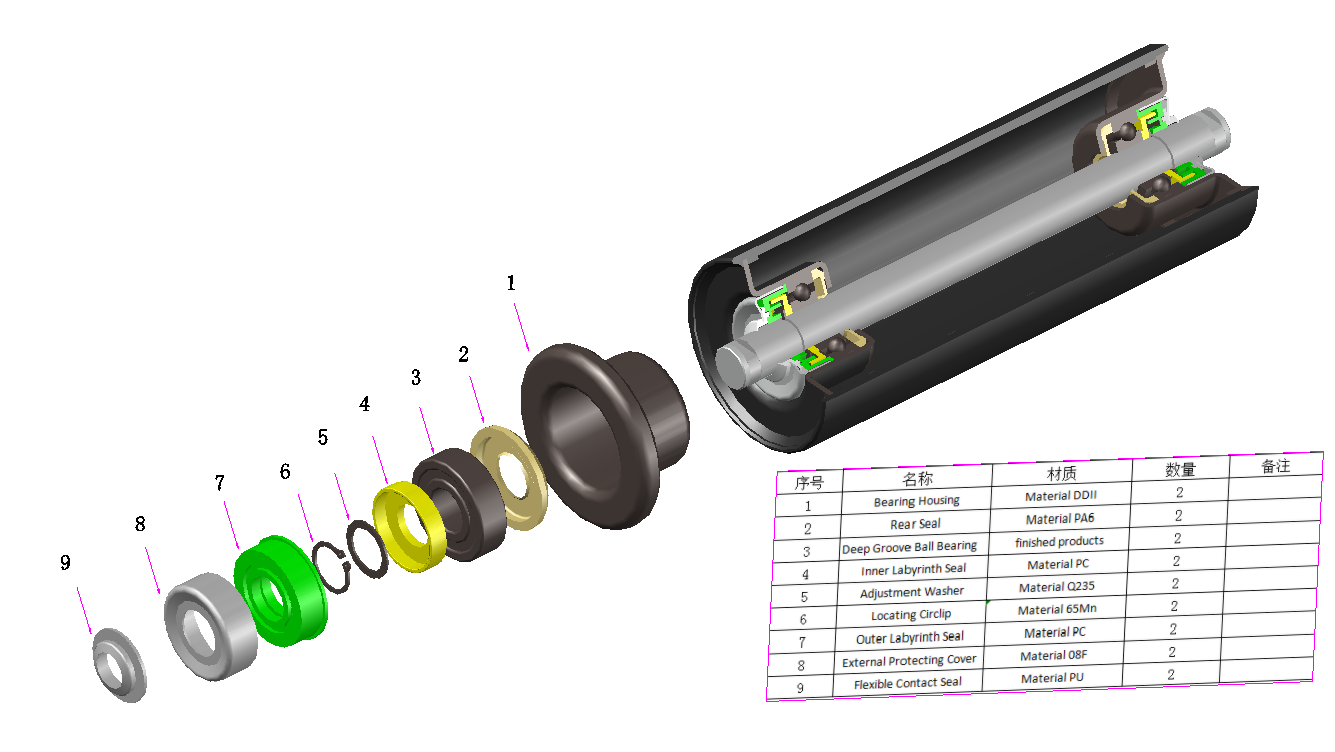 Afrikaans
Afrikaans  Albanian
Albanian  Amharic
Amharic  Arabic
Arabic  Armenian
Armenian  Azerbaijani
Azerbaijani  Basque
Basque  Belarusian
Belarusian  Bengali
Bengali  Bosnian
Bosnian  Bulgarian
Bulgarian  Catalan
Catalan  Cebuano
Cebuano  Corsican
Corsican  Croatian
Croatian  Czech
Czech  Danish
Danish  Dutch
Dutch  English
English  Esperanto
Esperanto  Estonian
Estonian  Finnish
Finnish  French
French  Frisian
Frisian  Galician
Galician  Georgian
Georgian  German
German  Greek
Greek  Gujarati
Gujarati  Haitian Creole
Haitian Creole  hausa
hausa  hawaiian
hawaiian  Hebrew
Hebrew  Hindi
Hindi  Miao
Miao  Hungarian
Hungarian  Icelandic
Icelandic  igbo
igbo  Indonesian
Indonesian  irish
irish  Italian
Italian  Japanese
Japanese  Javanese
Javanese  Kannada
Kannada  kazakh
kazakh  Khmer
Khmer  Rwandese
Rwandese  Korean
Korean  Kurdish
Kurdish  Kyrgyz
Kyrgyz  Lao
Lao  Latin
Latin  Latvian
Latvian  Lithuanian
Lithuanian  Luxembourgish
Luxembourgish  Macedonian
Macedonian  Malgashi
Malgashi  Malay
Malay  Malayalam
Malayalam  Maltese
Maltese  Maori
Maori  Marathi
Marathi  Mongolian
Mongolian  Myanmar
Myanmar  Nepali
Nepali  Norwegian
Norwegian  Norwegian
Norwegian  Occitan
Occitan  Pashto
Pashto  Persian
Persian  Polish
Polish  Portuguese
Portuguese  Punjabi
Punjabi  Romanian
Romanian  Russian
Russian  Samoan
Samoan  Scottish Gaelic
Scottish Gaelic  Serbian
Serbian  Sesotho
Sesotho  Shona
Shona  Sindhi
Sindhi  Sinhala
Sinhala  Slovak
Slovak  Slovenian
Slovenian  Somali
Somali  Spanish
Spanish  Sundanese
Sundanese  Swahili
Swahili  Swedish
Swedish  Tagalog
Tagalog  Tajik
Tajik  Tamil
Tamil  Tatar
Tatar  Telugu
Telugu  Thai
Thai  Turkish
Turkish  Turkmen
Turkmen  Ukrainian
Ukrainian  Urdu
Urdu  Uighur
Uighur  Uzbek
Uzbek  Vietnamese
Vietnamese  Welsh
Welsh  Bantu
Bantu  Yiddish
Yiddish  Yoruba
Yoruba  Zulu
Zulu Understanding the Functionality and Importance of Head and Tail Pulleys in Conveyor Systems
Understanding Head and Tail Pulleys in Conveyor Systems
Conveyor systems play a vital role in various industries, facilitating the movement of materials from one point to another efficiently. Among the key components of these systems are head pulleys and tail pulleys, which are essential for the proper functioning of conveyor belts. Understanding the design and function of these pulleys can shed light on their significance in the material handling process.
Head Pulleys
Head pulleys are located at the discharge end of the conveyor system. They serve multiple crucial purposes. Primarily, head pulleys provide the necessary tension for the conveyor belt, ensuring it remains taut during operation. This tension is critical for efficient material transport, as it prevents slippage and maintains the alignment of the belt on the supporting rollers.
Moreover, head pulleys are responsible for the discharge of materials. As the conveyor belt moves over the head pulley, the materials carried on the belt are released. In some cases, head pulleys are equipped with specific devices, such as scrapers or plows, which help in the efficient removal of materials, preventing buildup and ensuring a smooth flow.
Head pulleys can be classified into two types standard and crowned head pulleys. Standard head pulleys feature a flat surface and are more commonly used for straightforward applications. Crowned head pulleys, on the other hand, have a slightly convex shape that helps in centering the conveyor belt, reducing the risk of misalignment and facilitating smoother operation.
Tail Pulleys
head pulley and tail pulley

On the opposite end of the conveyor system is the tail pulley. Tail pulleys play a crucial role in supporting the belt as it returns to the head end after discharging its load. Their primary function is to maintain the tension of the conveyor belt during this return journey. This is essential to prevent sagging, which could lead to belt misalignment or even operational failure.
Tail pulleys can also be designed with various features tailored for specific applications. For example, some tail pulleys come with a design that minimizes wear and tear, extending their lifespan. Additionally, they can also be equipped with guides or roller systems to aid in the proper tracking of the belt.
In applications where the conveyor system experiences high wear conditions, such as in mining or heavy material transport, tail pulleys that feature heavy-duty construction are necessary. These pulleys often use robust materials such as steel to withstand the harsh conditions they encounter.
Conclusion
In summary, head pulleys and tail pulleys are integral components of conveyor systems that ensure the efficient transport of materials across various industries. Head pulleys are crucial for providing tension and facilitating material discharge, while tail pulleys support the returning belt and maintain operational efficiency. Together, these pulleys form a coherent system that enhances the reliability and functionality of conveyors.
Understanding these components not only aids in appreciating the complexity of conveyor systems but also highlights the importance of regular maintenance and monitoring. Ensuring that both head and tail pulleys are functioning correctly is vital in minimizing downtime and maximizing productivity in material handling operations. As industries continue to evolve, the design and technology of head and tail pulleys will likely advance, further enhancing the efficiency of conveyor systems in the future.
-
Revolutionizing Conveyor Reliability with Advanced Rubber Lagging PulleysNewsJul.22,2025
-
Powering Precision and Durability with Expert Manufacturers of Conveyor ComponentsNewsJul.22,2025
-
Optimizing Conveyor Systems with Advanced Conveyor AccessoriesNewsJul.22,2025
-
Maximize Conveyor Efficiency with Quality Conveyor Idler PulleysNewsJul.22,2025
-
Future-Proof Your Conveyor System with High-Performance Polyurethane RollerNewsJul.22,2025
-
Driving Efficiency Forward with Quality Idlers and RollersNewsJul.22,2025





























